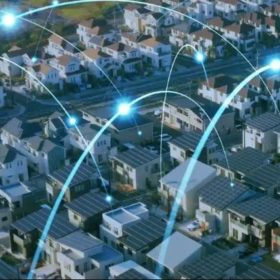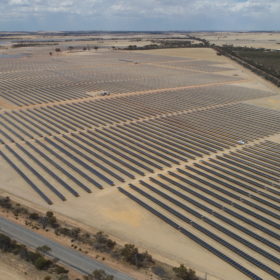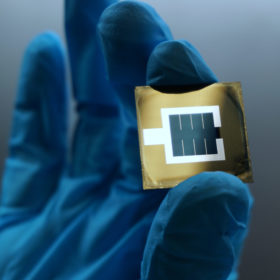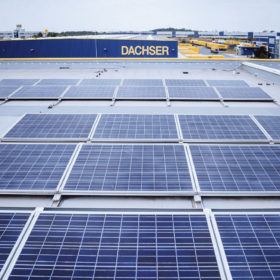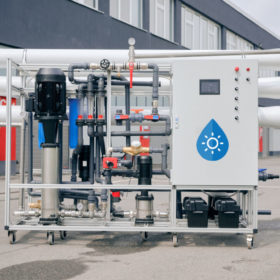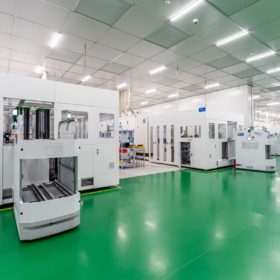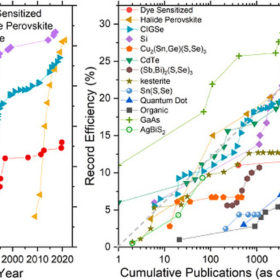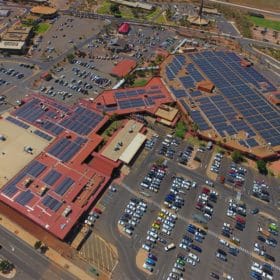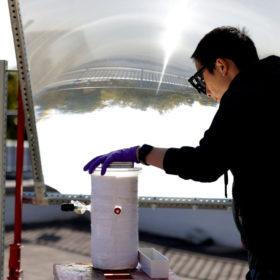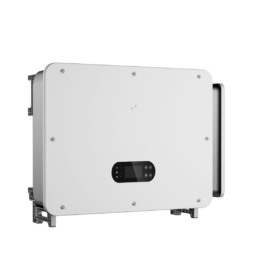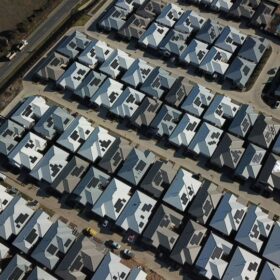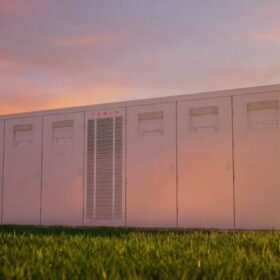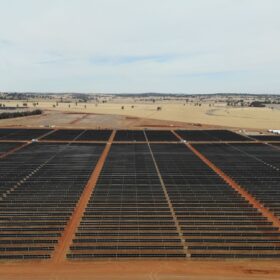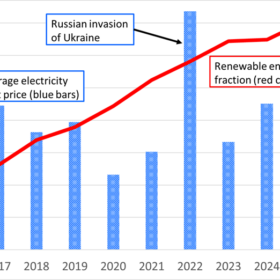SwitchDin to share Australian lessons with US-based VPP body
Energy management software company SwitchDin will share lessons learned during Australia’s ongoing transition to a two-way power grid with counterparts in the United States after teaming with a coalition of companies to scale up the use of virtual power plants.
Risen Energy is taking n-type HJT technology mainstream in Australia
Following Risen Energy’s January announcement that the company is starting to mass-produce its n-type heterojunction technology (HJT) hyper-ion solar modules, it has revealed plans to increase production capacity to 15 GW by the end of 2023. Archie Chen, CEO of Risen Energy Australia, says n-type HJT panels will prove the favoured technology over the coming years, facilitating higher performing solar solutions.
Queensland group map pathways for perovskite PV
Perovskite solar cells have created excitement in recent years, given their potential to improve virtually every area of PV, but we have yet to see such devices produced at scale. Scientists in Australia have outlined some of the challenges holding them back.
Weekend read: From diesel to DC
For a long while, it looked as if hydrogen fuel cells would be the technology of choice for emissions-free road transport. However, truck manufacturers and freight forwarders recently turned their attention to battery-electric vehicles. This will require special charging technology and PV looks set to play an important role.
Solar-powered water desalination tech for off-grid applications
Berlin-based Boreal Light has developed water desalination tech powered by PV for off-grid applications. The solution uses 460 W solar panels from Chinese module manufacturer DAH Solar and produces clean water from direct seawater at a cost of €0.50 ($0.78)/m3.
Video: ISC Konstanz director predicts 50% global market share for IBC solar panels by 2030
Radovan Kopecek, the co-founder and director of Germany’s ISC Konstanz, says interdigitated back contact (IBC) tech could account for half of the global market for solar modules by 2030. He says IBC will start to dominate once TopCON and HJT get stuck at certain efficiency limits, and he believes TOPCon will be the first victim.
Trina Solar starts producing 210 mm n-type TOPCon solar cells
Trina Solar says its industrial tunnel-oxide passivated contact (i-TOPCon) solar cells, based on 210 mm wafers, have started rolling off the production line at its 8 GW factory in China. It will use the n-type cells to produce its new Vertex N modules, with power outputs ranging up to 605 W, and an efficiency rating of 22.4%.
Solar cell efficiency growth correlated with R&D volumes
New research highlights the crucial role of R&D in improving solar cell efficiency. The researchers discovered that it is theoretically possible to measure the promise of new solar cell technologies at any stage of development.
Commercial landlord begins battery foray following major solar rollout
Major shopping centre landlord, Vicinity Centres, has teamed up with Enel X to potentially deploy up to 50 MWh of cumulative energy storage capacity. The partnership kicks off with two battery fit outs in Victoria and New South Wales, and follows a $73.2 million (USD 50 million) solar rollout across Vicinity’s shopping centres.
Photocatalytic water splitting with 9.2% solar-to-hydrogen efficiency
A US research team has developed a new technique to produce hydrogen from sunlight and water. It works in an indoor environment and uses pure water, concentrated solar light, and an indium gallium nitride photocatalyst.
